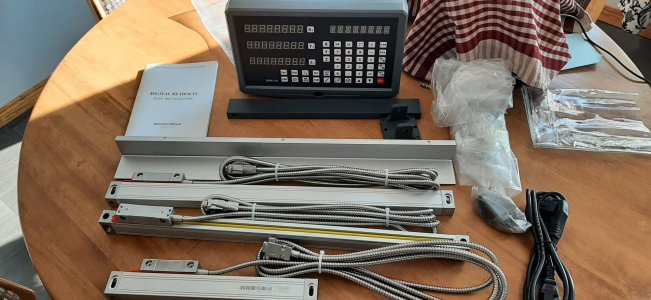That technology has existed in many industries for quite a few years now. I had the extreme DISPLEASURE of being the first Guinea pig when they rolled that out in the dental industry to make crowns and implants. They use a high precision optical scanner to measure a portion (or all) of my teeth and gums, then convert that into a 3D model of my mouth and teeth, filled in the model mesh as needed with additional photos, then uploaded the model to a modeller who made a crown to fit perfectly within a micron. When I came back in, all they did was to glue it in and say goodbye. As amazing as that might sound, the auto and aerospace industry were doing that for years before it was approved for medical/dental use. It was especially useful for forensic analysis of competitive parts. We regularly bought a competitors vehicle, tore it apart, created 3D models using high precision data measurement systems and then tested the models using supercomputers to assess the design, it's performance, and cost and quality opportunities. You could test a part in the computer in a day for what was the equivalent of a lifetime of testing on the road. The challenge then and now was to create models and tests in the computer that reliably replicated what happened in the real world. To improve that fidelity, rapid destructive testing was done on real parts and the data was used to both improve the models and the test modelling. Not only that, but these parts models were also tested as entire assemblies and vehicles and the manufacturing processes and assembly plant systems were also developed simultaneously.
My point is not to poo poo your BBry friend Len. It is only to say that I think he is up to much much more that he is telling you because what he is telling you is at least 15 years old - but nonetheless still more or less unknown by the general public.....
In my mind, the greatest technology advancement in the auto industry of the last 30 years was not the little things that journalists write about, it was the digital design, modelling, and simulation of 3d models both dimensionally and physically (temp, stress/strain, impact, noise, economics, manufacturing, durability, and performance). I retired 15 years ago. I can only imagine what they are all doing now.......

